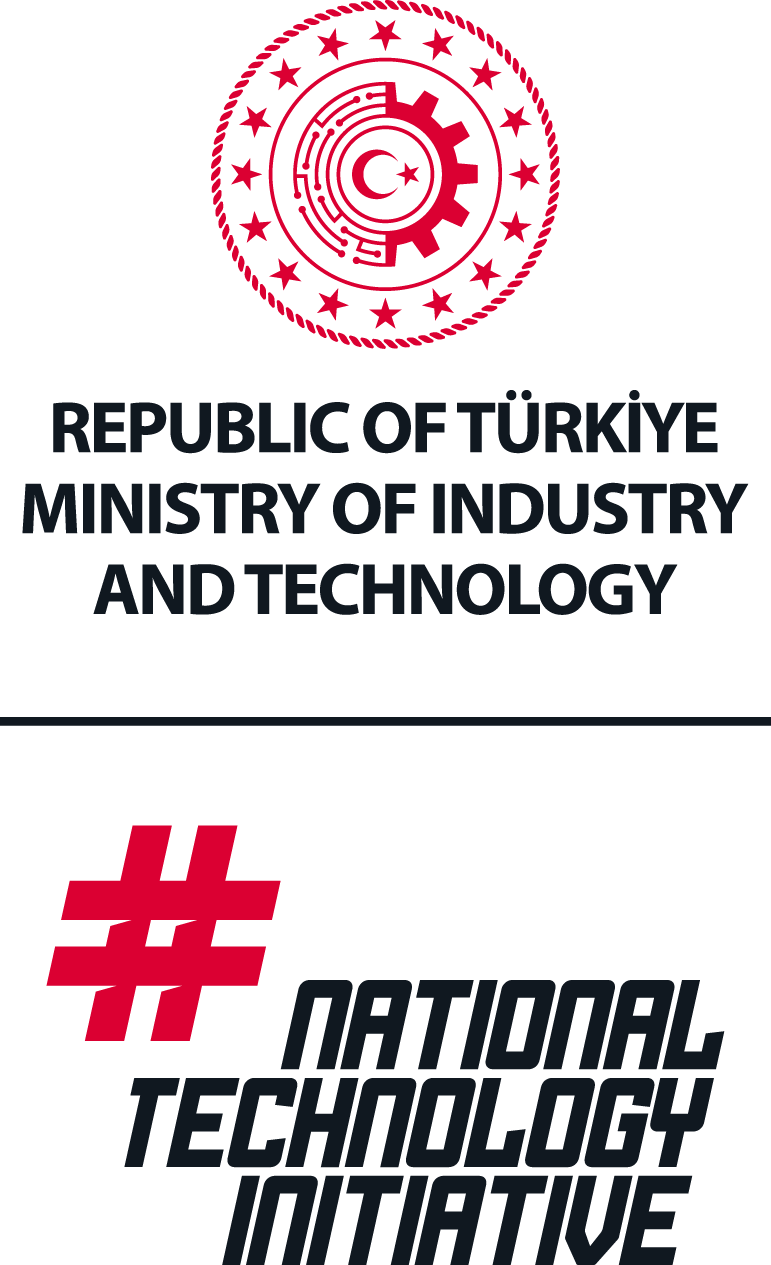R&D
Robotics and Intelligent Systems Department
The Robotic and Intelligent Systems (RAS) Department aims to develop advanced technology robotic and intelligent systems required by the rail transportation sector in the field of railway inspection and predictive maintenance, and to indigenize imported products or systems. All kinds of software, hardware, electromechanical and control systems needed for this purpose are developed by the RAS Department with national capabilities. Thus, it is aimed to regularly and effectively inspect and maintain train lines and related infrastructures and to make train operations safer and more efficient.
- Objective
- Working Areas
- Infrastructure
- To develop robotic and intelligent systems that meet the requirements of our stakeholders, are compatible with international standards, expandable, flexible, cost-effective and developed with domestic resources.
- Special Design Robotic Systems
- Predictive Maintenance Systems
- Kinematic and Dynamic Modeling and Simulations
- Image Processing, Pattern Recognition
- Artificial Intelligence and Intelligent Algorithms
- Non-Destructive Inspection Systems
- Robotic Systems Development and Application Mechanical and Electronics Laboratories
R&D
Projects / Products
OTMI - Development of Automatic Train Inspection Station
The Automatic Train Inspection Station (OTMI) Development Project aims to develop measurement systems that will automatically inspect components such as wheels, bogies, brakes and pantographs of various train types while in motion, and to create an inspection station from these systems.
Using these measurement systems, a moving train will be inspected and an ID will be created for the subsystems of the train. Thanks to this identity, the damage status and maintenance-repair time of the subsystems of the relevant train can be determined. Thus, a damaged train will be identified and accidents with material and moral losses will be prevented. With the use of the system to be developed in this project, the inspection activities of TCDD trains will become possible with domestic and national capabilities.
OTMI Development Project covers the development of the following systems for the non-destructive testing of subsystems such as wheels, pantographs, etc. of the trains operated by TCDD:
- Train Recognition System
- Pantograph Inspection System
- Wheel Applet Detection and Load Measurement
- Brake Disc, Shoe and Pad Measurement
- Wheel Profile Measurement
- Wheel Surface Defect Detection
- Axle-Bearing, Wheel and Disk Temperature Measurement
Apleti Detection and Load Measurement System, Pantograph Inspection System and Train Recognition Systems were successfully carried out, and the relevant systems installed at Kocaeli Köseköy Station started collecting data as of May 2023. The developed Train Recognition System received the 2023 ERCI Innovation Award.
BIDR - Pipe Inspection Robot (Robot Eye)
The In-Pipe Inspection Robot (Robot Eye) is being developed to inspect natural gas pipes in live lines with various sensors and detect defects (cracks, deformities, metal loss, etc.). Robot Eye consists of nine modules that enable this. There are 24 electric motors, 247 electronic cards and 3 microcomputers on these modules.
Robot Eye precisely inspects the pipeline with its laser-assisted deformation detection sensor and magnetic flux leakage (MFL) sensor. The distortion sensor can detect distortions and defects on the inner surface of the pipe by observing the change in the reflected laser light. The magnetic flux leakage sensor can measure metal losses and defects on both the inner and outer surfaces of the pipe with millimeter precision with 900 hall-effect sensors arranged on the x, y and z axes. The progress of the robot in the pipe can be controlled by the operator through the developed wireless data link communication system, and some special transitions (elbow, tee, reduction, etc.) are performed autonomously.
While identifying damages, the robot can create a map of the pipeline in x, y, z coordinates and mark the detected flaws on this map. Simultaneously, using reference position values from Above Ground Markers (AGM), it can calculate the locations of identified flaws more precisely. The robot's position inside the pipe can also be determined by emitting low-frequency radio waves that can be tracked from the surface.
BORAN - Pipe Analysis System Development
The Pipe Analysis (BORAN) System Development Project is being developed for the internal inspection of high pressure steel natural gas main transmission lines. In our country, in-pipe inspection activities cannot be carried out with domestic facilities and the inspection needs are met through service procurement from abroad. With the use of the system to be developed in this project, inspection activities in natural gas main transmission lines belonging to BOTAŞ will be provided with domestic and national capabilities. The BORAN device to be developed in this context will move with the flow rate in the pipe and perform non-destructive inspection (NDI) of the pipe with the sensors on it.
The BORAN device, which consists of two independent main modules, MFL and Caliper, is a smart pig device and is designed to detect anomalies in the structure of the pipeline, provide the detected fault locations with geographical coordinate values and produce the pipeline XYZ map.
The modules that make up the BORAN device are intended to be used independently of each other in the pipeline. If needed, the Caliper module and the MFL module can be combined with a connection mechanism. The connection mechanism is designed to allow the BORAN device to pass through the elbow thanks to its mobility.
KYHİKS - Strong Earth Movements Monitoring, Recording and Control System
The KYHİKS Project was initiated in cooperation with TUBITAK, KRDAE and İGDAŞ to close the valves in the existing gas distribution system in Istanbul during seismic activity exceeding threshold values and to record seismic activity.
Some 830 KYHİKS accelerometers developed by TÜBİTAK are installed and operational at İGDAŞ regional regulators on both sides of Istanbul and on the islands. Through the Data Recording and Monitoring Center (DCRC) software installed at İGDAŞ, the data received from the devices over 3G in real time can be monitored. These data can also be transferred to servers installed at Boğaziçi Uni. This data is also transferred to servers installed at Boğaziçi University CRDAE and archived. VKİM can automatically detect important events and generate reports and warnings. Alerts and reports can be sent to the relevant parties via e-mail and SMS.
Between 2019-2021, devices with high sensitivity and low noise were developed and added to the existing devices (YHIC - High Sensitivity Monitoring Device Project). In addition, a system consisting of 42 devices was installed in BOTAŞ in 2021 to be used in line valves and storage areas of BOTAŞ (YerHİS - Ground Movements Monitoring System Project).
R&D
Strategic Objectives
- To develop advanced technology systems for railway inspection and maintenance in accordance with international standards.
- To break the monopoly of foreign companies by developing independent technologies in robotic system solutions for non-destructive testing and predictive maintenance.
- Providing economic added value by reducing high maintenance costs.
- To make national contributions to the ecosystem of technological development and economic growth.
- To be the main contractor and business partner in meeting the R&D needs of TCDD.
- To be a knowledge transfer center for the systems/technologies that TCDD purchases from abroad under the condition of technology transfer.
- To support innovative ideas and projects produced by students in the field of robotic systems and to increase national awareness in this field.





